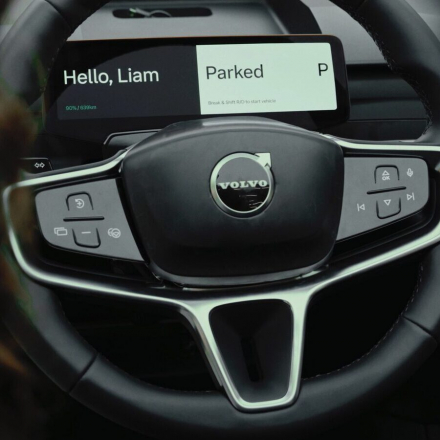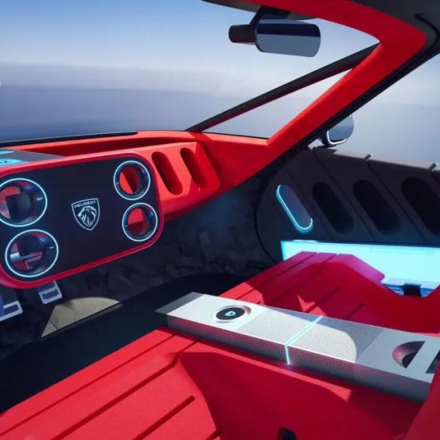Modern cars are full of technologies that make our lives more convenient and safe. But did you know that some of these technologies have surprising histories? Let’s look at five interesting facts about car technologies that might surprise you.
Autonomous Vehicles Were Being Developed as Early as the Early 20th Century
Autonomous vehicles are not exactly a new idea. In 1921, the Radio Corporation of America introduced a device controlled by radio waves. Although this device resembled more of a toy car with a remote control, it laid the groundwork for future developments. The first fully automated car was built in 1977 at the University of Tsukuba in Japan. It could travel at speeds of up to 30 km/h, but mass production of such vehicles has not yet started. Today, we see only individual elements of this technology, such as automatic parking systems and adaptive cruise control.
Electric Vehicles Will Soon Charge in Just a Few Minutes
Modern smartphones already charge almost instantly, and soon the same will be true for electric vehicles. In 2021, Swiss company ABB introduced the fastest charging station in the world. According to the manufacturer, a full charge for an electric vehicle can be achieved in 15 minutes, and a 100 km range can be provided in just 3 minutes.
Cruise Control Was Invented to Help a Clumsy Driver
Have you ever thought that cruise control, which helps maintain a constant speed, was not invented for the convenience of drivers but to help one particular person? Engineer Ralph Teetor, who invented cruise control in 1948, was annoyed that his personal driver kept slowing down during conversations. Teetor's system allowed for maintaining a steady speed and became the foundation for modern adaptive cruise controls, which also adjust the driving trajectory and maintain distance from other cars.
Airbags Work on the Basis of Nitrogen
Airbags are a crucial safety feature in modern cars, but did you know they work on the basis of nitrogen? John Hetrick, the inventor of the first airbag in 1953, used compressed air, which did not always work properly. It was only in 1964 that Japanese engineer Yasuzoburo Kobori improved the technology by using sodium azide, which generates gas upon impact. Modern airbags continue to evolve, adapting to crash conditions and even deploying a second before collision.
Windshields Will Soon Become Augmented Reality Displays
At the end of 2021, the startup WayRay introduced the Holograktor vehicle concept with a windshield that doubles as an augmented reality display. This windshield consists of two layers, with a photopolymer coating between them. It serves not only as a regular window but also allows projection of messages for the driver, maps, entertainment content, and advertisements.
Car technologies are advancing at an incredible pace, and the future is already here. Now that you know these fascinating facts, every time you get behind the wheel, you’ll appreciate how much interesting technology lies behind everyday things.


















